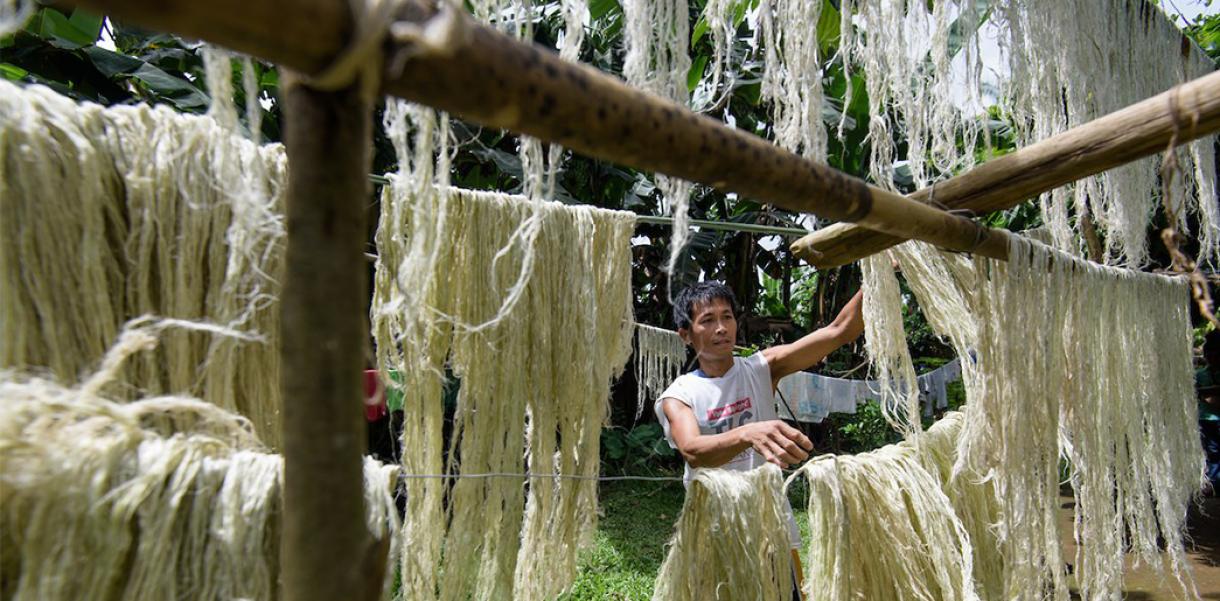Since its origins, Latin American design schools have developed a tradition strongly dependent on European models. Particularly the Ulm School of Design and Bauhaus School in Germany has served as inspirations.
But by the beginning of the new millennium, design transitioned into a new phase. Sparked by the successive crisis in society, it became —along with other disciplines— an instrument of social, cultural, environmental, technological and political learning.
This new context led to the emergence of hybrid design careers, where specialisation wasn’t the key. Both in Latin America and the rest of the world, design has undergone a process of transformation from technological to epistemological perspectives, which have paved the way for repositioning design. Before it was a discipline that spoke from designer to designer, but now the doors have opened to other fields of study.
"Both in Latin America and the rest of the world, design has undergone a process of transformation from technological to epistemological perspectives."
Inspired by this transition, the School of Design of the Pontificia Universidad de Chile developed the first transversal Design program in the region in 2004. The project was led by the Catalan designer Alex Blanch, and linked design to areas of humanities, medicine, economics, administration and engineering. This approach led it to be the first school of any university discipline in the region to enter the selective group of the 30 best schools in the world in the QS World University Rankings. Today, its graduates not only have more job security but are a crucial part of teams oriented towards the transformation of organisations and businesses to face technological, social and environmental challenges in the future.
In 2006, the University of Los Andes School of Design was born in Colombia with a disruptive project that also broke the paradigm of specialisations. A decade later, in 2017, Alex Blanch again designed a completely new program for the Universidad de San Andrés in Buenos Aires by creating Argentina's first non-speciality Bachelor of Design. A milestone that marked a cultural change of design education in the country, and in the year after its launch, other universities followed the same path.
The study of Design at the University of San Andrés is particularly interesting because it explores Argentina's traditions and creative culture and combines them with new design approaches from Denmark. Although at first glance, they could be seen as distant cultures, the Danish and Argentinian approaches share the same ideological foundation; the search for social and environmental balance and the sustainable development of local communities.
The San Andrés’ program incorporated approaches born in the Danish school KaosPilot, defined as a training centre in Business Design oriented towards social innovation, as well as the perspectives of The Index Project, where Alex Blanch served as an Index Award jury member from 2005-2007. The programme was inspired by The Index Project’s orientation to design with impact, the construction of futures focused on sustaining life, and the designer as an agent of change.
"The programme was inspired by The Index Project’s orientation to design with impact, the construction of futures focused on sustaining life, and the designer as an agent of change."
These new traditions in international design have become interwoven with local traditions and reference participatory design practices. We’ve seen this before in Argentinian social architecture in the 1970s and through avant-garde art’s rethinking of the relationship between creativity, science and technology in the same decade. These practices are replicated in the current development of growing sectors, such as the cultural industries, with the audiovisual, music and video game subsectors; digital trading platforms; consulting firms with a strong online component; the aerospace sector and programming.
All this comes to show how the construction of an educational programme that understands the engines of change on a global and regional scale, is based on local strengths. It’s essential to integrate the voices of both teachers and students to shape disruptive education that can shape the next generation. These are the designers who'll be aware of the challenges facing their profession and who are committed to transforming their communities.



